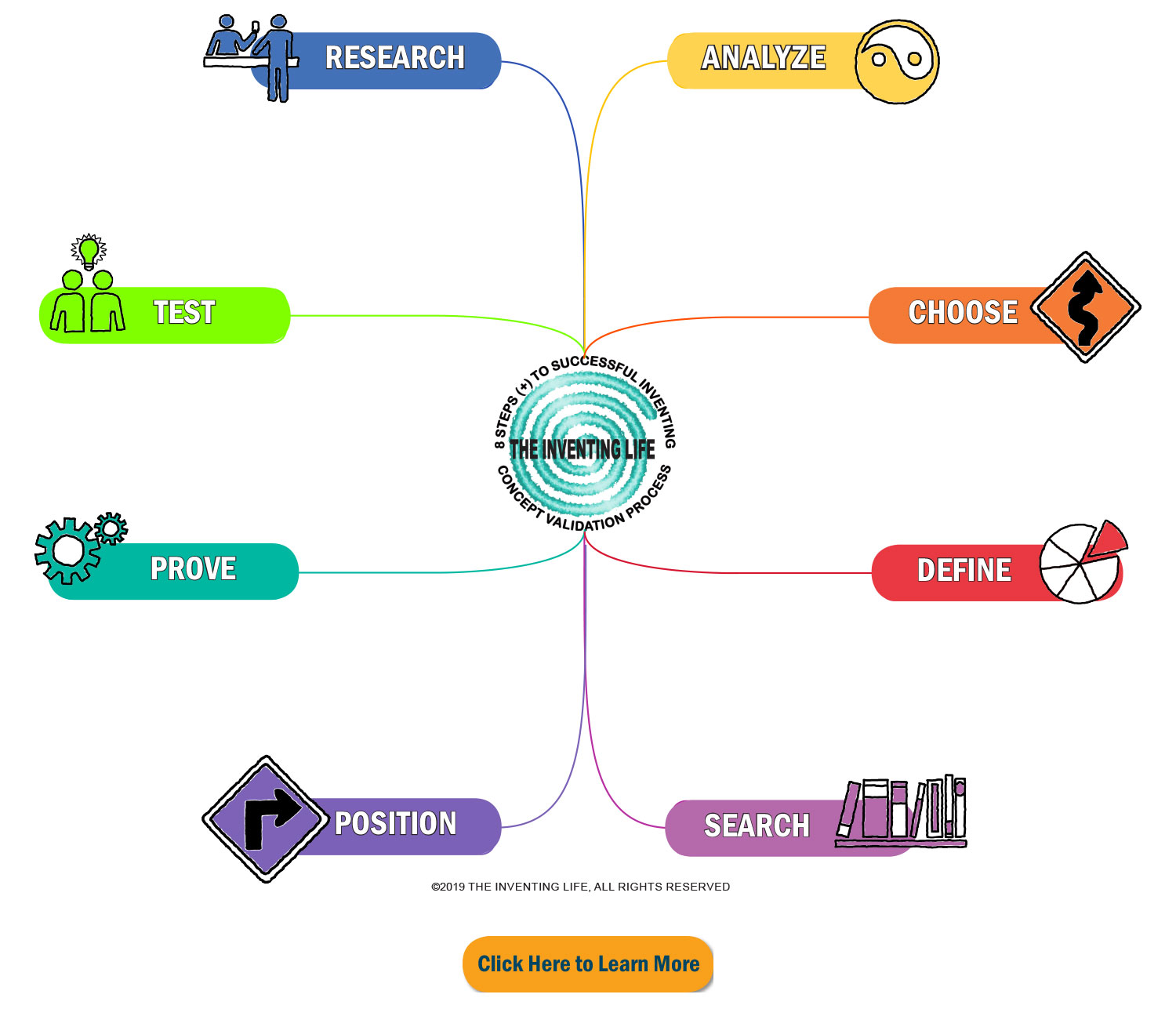Making the Case
So you have a good idea for a new product and want to turn it into a successful business venture! That’s great, but now what?...
Regardless of the work you’ve completed to date, one thing to avoid is making decisions prematurely that could jeopardize the project and exhaust your financial resources. The fact is the failure rate for new products and for issued patents that are not commercially viable is astronomically high. The good news is it doesn’t have to be this way. Your product is not destined to become another statistic…not if you do your homework and build a firm foundation first.
While it’s true that store shelves are full of products from companies with deep pockets, the fact is that inventors have some decided advantages...
The first advantage is having the vision to recognize the shortcomings in some of these products and the creativity to come up with solutions that will meet the needs of consumers. Another advantage is that inventors can respond more quickly than large companies that have schedules in place and a fixed number of products already in their development pipelines. If you pay attention to the details and make good choices, you have a chance to succeed regardless of the size of your war chest.
The Inventor’s Advantage
The Inventor’s Advantage
While it’s true that store shelves are full of products from companies with deep pockets, the fact is that inventors have some decided advantages...
The first advantage is having the vision to recognize the shortcomings in some of these products and the creativity to come up with solutions that will meet the needs of consumers. Another advantage is that inventors can respond more quickly than large companies that have schedules in place and a fixed number of products already in their development pipelines. If you pay attention to the details and make good choices, you have a chance to succeed regardless of the size of your war chest.
First Things First
Think of bringing your product to market as a two-phase process, one potentially cost prohibitive and one that is cost effective...
You can save time, money, and give your project a better chance for success by proving its viability before investing in costly product development services. This can be done through research and seeking support from smart objective people who have no vested interest. What you learn will prove either that your project is on a positive track, or it needs to go back to the drawing board for revisions, or it’s not one of your best ideas in which case you’ll have done your due diligence and are free to move on to a more promising product idea.
This process has been developed and refined over decades of inventing and working with first time inventors...
The mind map below represents 8 action steps that make organizing and advancing a project more manageable. Each is important and all are interrelated since decisions made within one step can influence how to proceed with another. The objective is to look beneath the surface of each step and ask better questions so your best problem solving techniques can be activated. This effort should provide a good foundation and arm you against minefields you encounter along the way. See Services for an overview.
Cracking Your Invention Code
Cracking Your Invention Code
This process has been developed and refined over decades of inventing and working with first time inventors...
The mind map below represents 8 action steps that make organizing and advancing a project more manageable. Each is important and all are interrelated since decisions made within one step can influence how to proceed with another. The objective is to look beneath the surface of each step and ask better questions so your best problem solving techniques can be activated. This effort should provide a good foundation and arm you against minefields you encounter along the way. See Services for an overview.
Every inventor needs a mentor. Need help?
© 2024 The Inventing Life. All Rights Reserved.
